Becoming an Air Force Reserve Pilot
Rather than spending tens of thousands of dollars on training and then taking a low paying job to build experience to get you to a slightly higher paying job, why not have Uncle Sam send you through the best pilot training program in the world, cover the cost of it ($1 million – $10 million depending on the aircraft), and pay you to go? If the military is something you really want to be a part of, the AF Reserve is an incredible route.
Requirements
Here are basic requirements to apply for a reserve pilot position. This by no means covers all of the Air Force Pilot requirements, but should give you an idea of what you’ll need.
- Bachelor’s degree (GPA at least 2.5)
- Pass selection board by age 33
- Height, weight requirements
- No hay fever, asthma, or allergy history after age 12
- Normal color vision
- Near visual acuity of 20/30 without correction and distance visual acuity of no worse than 20/70 in each eye, correctable to 20/20
- Corrective eye surgery isn’t necessarily a disqualifier, but could be
Although not required, flight time makes you more competitive, and many squadrons like to see at least a Private Pilot license on your resume.
Commitment
To be a pilot in the Air Force requires a 10 year commitment from the date you get your wings. Taking into account OTS and UPT, you’re looking at about 11.5 years minimum from the start of basic training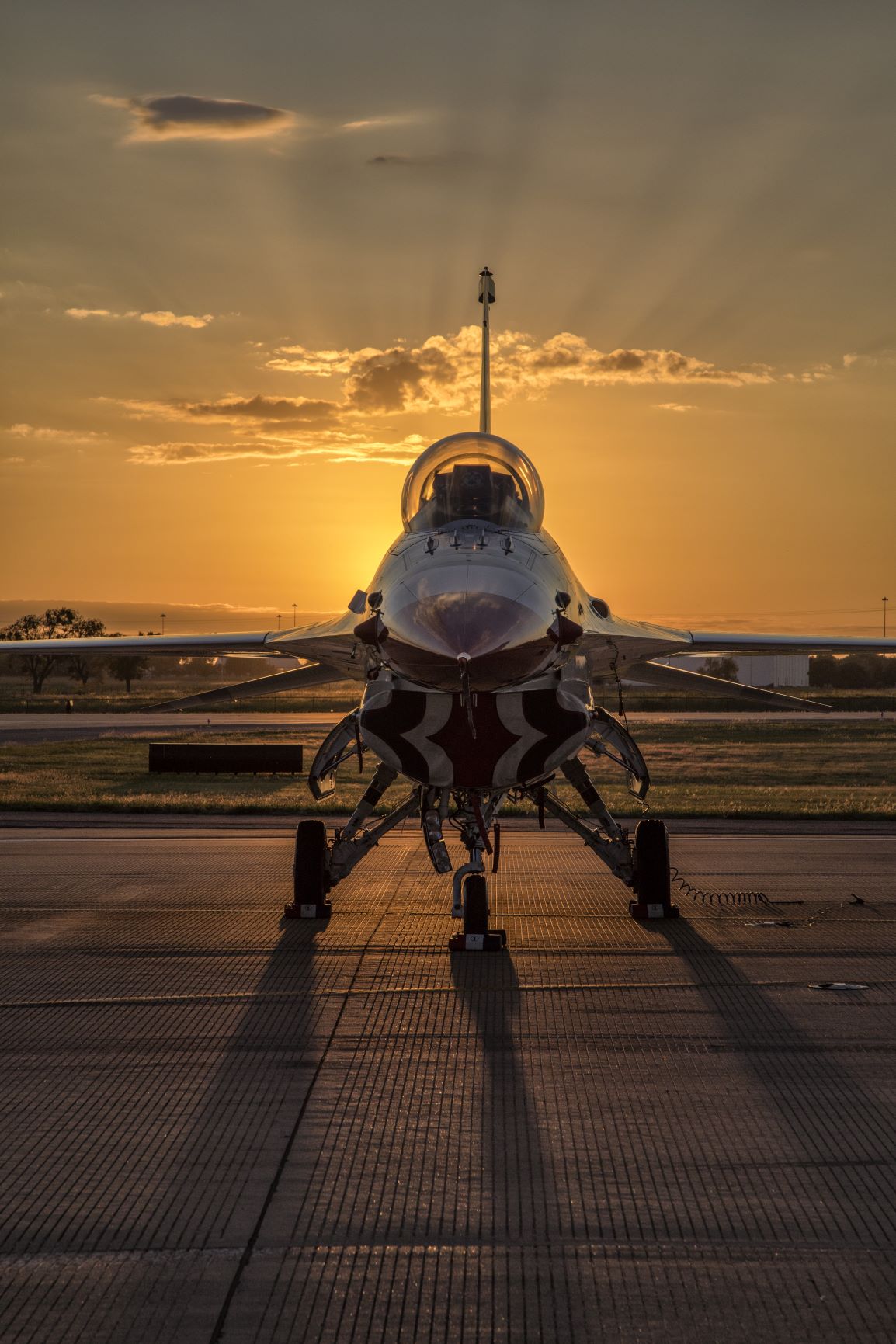 to the end of your 10 years, although most pilots tend to stay longer. Aside from being a life long goal for a lot of people, and being part of something bigger than yourself, it’s a great way to build your flight time and make your resume more competitive, as well as an incredible second source of income in case times get difficult (like 2020).
to the end of your 10 years, although most pilots tend to stay longer. Aside from being a life long goal for a lot of people, and being part of something bigger than yourself, it’s a great way to build your flight time and make your resume more competitive, as well as an incredible second source of income in case times get difficult (like 2020).
Getting Hired
If you don’t know anyone who’s done it before it’s an incredibly foreign process to figure out on your own, so how do you get hired?
Your first step is getting in touch with a recruiter. A good recruiter goes a long way in keeping things on track. You’ll have to take a couple tests to get the ball rolling and a recruiter can get those scheduled for you.
Tests
AFOQT: The first test is the AFOQT (Air Force Officer Qualifying Test). Anyone attempting to join as an Officer has to take the test. It’s a standardized test, similar to the SATs or ACTs, and is composed of 12 sections, each of which is timed. The entire test takes about 3.5 hours, and the sections include:
- Verbal Analogies
- Arithmetic Reasoning
- Word Knowledge
- Math Knowledge
- Instrument Comprehension
- Block Counting
- Table Reading
- Aviation Information
- General Science
- Rotated Blocks
- Hidden Figures
- Self Descriptive Inventory
The test can take some time to study for, to get scheduled, and to get the results back, so don’t expect to call a recruiter and have the test done in a weekend, with the scores a day or two later.
Once you have a study guide, you can get an idea of how much time you’ll need to brush up on your knowledge, and the recruiter can give you more information on test dates and locations, and when to expect to get your scores (tip: everything will longer than expected. Stay on top of what you can control, and don’t fight the rest).
The AFOQT scores are returned for five different categories (shown below), and are shown as percentiles (i.e. if you score 65, you did better than 65% of people).
- Pilot
- Navigator
- Academic Aptitude
- Verbal
- Quantitative
The Pilot score takes into account your performance in the Arithmetic Reasoning, Math Knowledge, Instrument Comprehension, Table Reading, and Aviation Information sections. Pilot scores are recommended to be 70 or above to be competitive.
The Navigator score combines the Verbal Analogies, Arithmetic Reasoning, Math Knowledge, Block Counting, Table Reading, and General Science sections.
The Academic Aptitude score takes into account the Verbal Analogies, Arithmetic Reasoning, Word Knowledge, Math Knowledge sections.
The Verbal score looks at the Verbal Analogies, and Word Knowledge sections of the test.
The Quantitative score takes into account Arithmetic Reasoning, and Math Knowledge.
Minimum scores to be considered for a pilot slot are:
- 25 in the Pilot category
- 10 in the Navigator category
- 50 between Pilot and Navigator scores combined
- 15 in Verbal
- 10 in Quantitative
If you’re not satisfied with your scores, you can take the test a second time after waiting 150 days. Better or worse, the most recent test score is the score that counts.
TBAS: The second test is the TBAS (Test of Basic Aviation Skills). Here you’ll be tested on spatial orientation, coordination, and multi-tasking in combination with coordination.
Here are some sample flash cards to give you an idea of the spatial orientation portion of the test can. Basically, you have to orient yourself and a group of parking lots based on the cardinal direction you are looking. For example, if you’re facing southwest looking at a group of 4 parking lots, they may ask you to select the North lot.
Next comes the motor skills portion of the test. For the first portion, all you have to do is keep a target on an airplane moving left and right across the bottom of the screen using rudder pedals. Next, you’ll track the airplane with a joystick as it moves up/down/left/right around the screen. Then you’ll combine both segments so you’re using the rudder pedals to track the airplane moving across the bottom of the screen, while using the joystick to track the airplane moving around the top of the screen. Track it long enough and the direction changes. Difficulty increases with time.
Finally, you’ll go to the depths of multitasking by combining tracking both airplanes with memorization, arithmetic, visual monitoring, and listening. Basically measuring your ability to remember and figure out a number of things while tracking the airplanes. Good luck.
The TBAS can be taken a second time after waiting 180 days. Just like the AFOQT, the most recent score is the one that counts, but there is no such thing as an official “TBAS score,” per se. The TBAS actually produces a number of individual scores, all of which are combined with the AFOQT Pilot score and your flight hours to give you your PCSM score.
PCSM Score: After the tests are complete, and you’ve submitted your current flight time, you’ll receive your PCSM score (Pilot Candidate Selection Method). 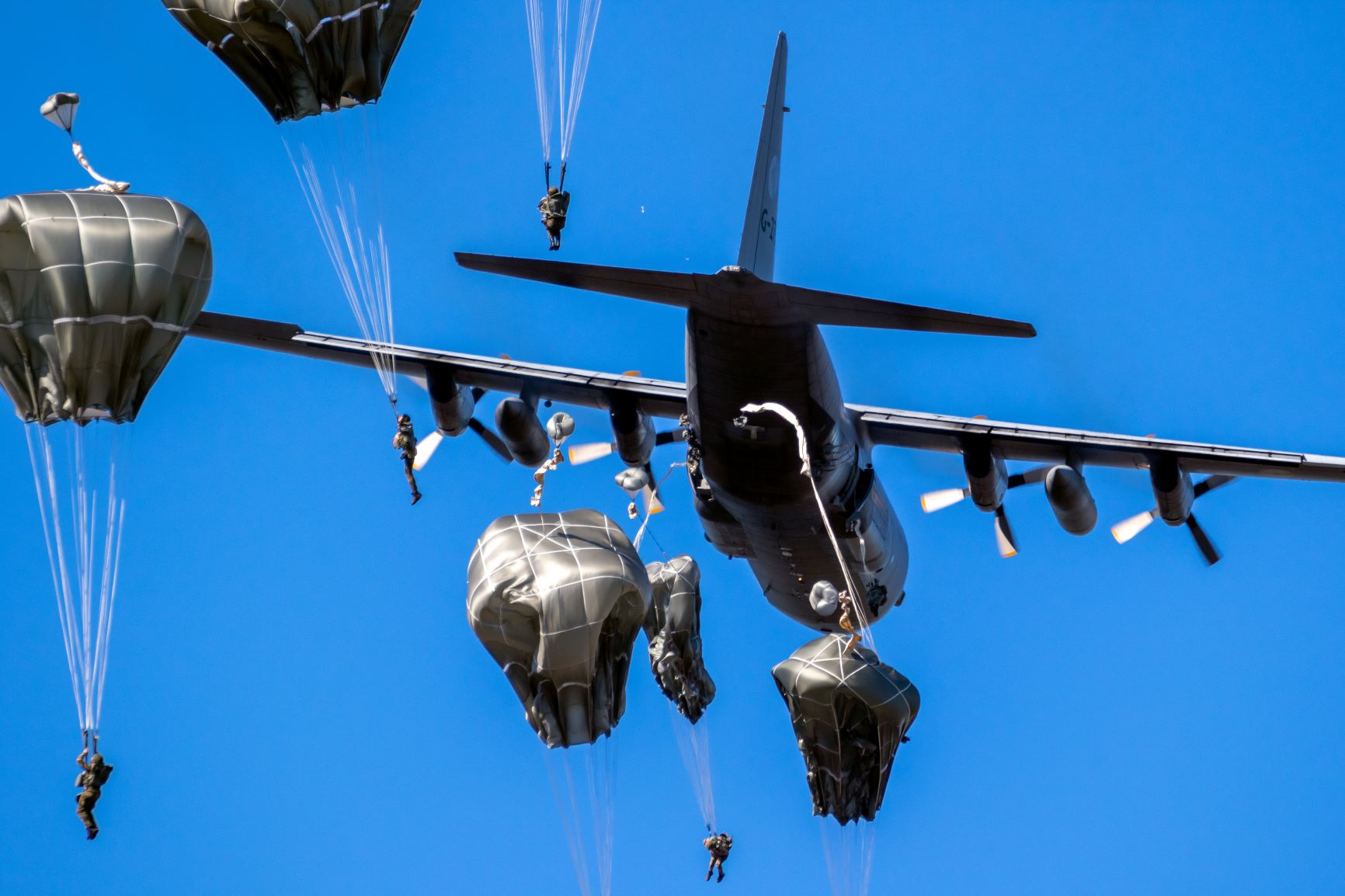 The PCSM takes into account your AFOQT Pilot score, your TBAS score, as well as previous flying hours to “quantify a pilot candidate’s aptitude for success at Undergraduate Pilot Training (UPT).” Competitive PCSM scores will vary based on the squadron you’re interviewing at, and the AFRC selection board (more on that below), but rumor has it 80 tends to be a good standard.
The PCSM takes into account your AFOQT Pilot score, your TBAS score, as well as previous flying hours to “quantify a pilot candidate’s aptitude for success at Undergraduate Pilot Training (UPT).” Competitive PCSM scores will vary based on the squadron you’re interviewing at, and the AFRC selection board (more on that below), but rumor has it 80 tends to be a good standard.
Flight hours increase your PCSM score, and are broken into brackets or levels. Each level adds additional points to your score. The levels are 1-5 hours, 6-10, 11-20, 21-40, 41-60, 61-80, 81-100, 101-200, 201+. Money aside, additional flight hours tend to be the easiest way to boost your PCSM score.
Package
Now that you’ve finished the tests, and have your PCSM score, the next step is putting together the package/application you’ll submit to the squadrons you’d like to fly for. The package includes things like a cover letter, resume, AFOQT/PCSM scores, college transcripts, flight hours, letters of recommendation (usually a minimum of 3, in case you want to get a head start), etc. Your recruiter will lay out everything you need to include.
Apply & Meet the Squadrons
With the package complete, it’s time to start contacting the squadrons you want to fly for. One of the biggest benefits of the guard/reserve is that you only apply to the squadrons you’d like to fly for, whereas active duty is assigned to their squadron after flight training. Heavies, tankers, fighters, bombers? It’s entirely up to you. Of course there’s no guarantee you’ll get in the squadron you apply to, but you absolutely won’t end up at a squadron you don’t apply to.
Once you’ve applied, make an effort to get out to the squadron and meet everyone. Your hiring POC will let you know what weekends they have “drill” and how to get on base. Show up, and don’t be late. These are the guys and girls you’ll be spending a lot of time with, even fighting wars with. They need to get to know you, and they want to know that you really want to be a part of the squadron.
Interviews
Squadrons will setup interviews based on their hiring needs. Interviews usually happen a couple times a year, but it can vary based on need. They’ll invite the guys and girls who have competitive applications and have shown the desire to be a part of the team.
How the interview goes will of course vary based on the squadrons, but generally you’ll be in front of a handful of pilots and other squadron members who you’ll work alongside (chief load master, for example). You’ll likely get the standard interview questions followed by a few more to get an idea of how you might fit in the squadron.
FC1 Medical
If accepted into the squadron, you’ll have to complete your Flying Class 1 medical at Wright Patterson AFB near Dayton OH to be eligible for the board. It’s two days of just about every medical test imaginable – EKG, hearing, lots of eye tests, x-rays, blood tests, and more.
Selection Board
The last step is to get accepted by the AFRC (Air Force Reserve Command) selection board. The board used to meet twice a year, but that has changed. I don’t 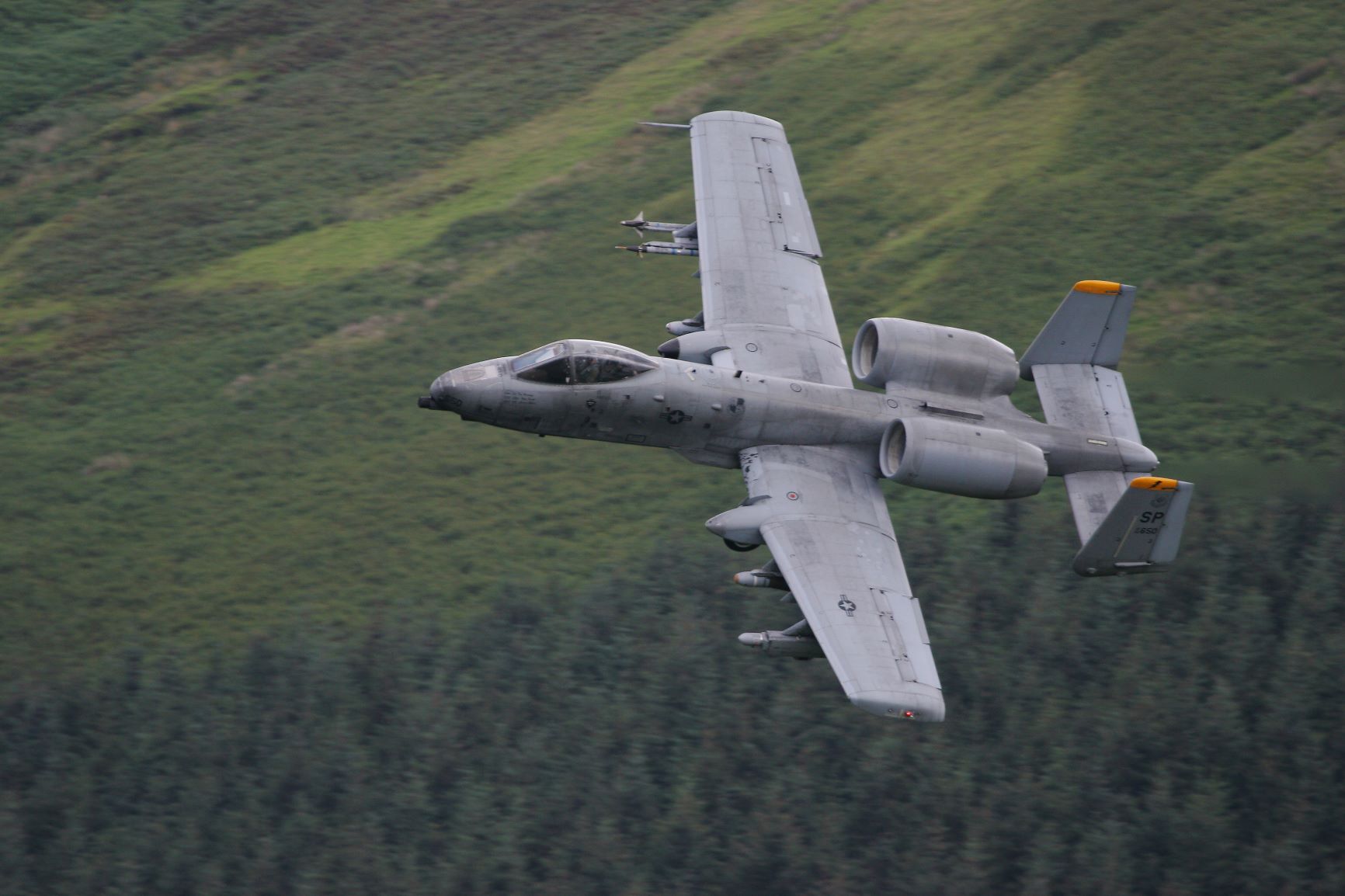 know how often they meet now, but whenever they meet they approve a certain number of the pilot applicants that have been selected by all of the Air Force Reserve Squadrons.
know how often they meet now, but whenever they meet they approve a certain number of the pilot applicants that have been selected by all of the Air Force Reserve Squadrons.
This is where the PCSM score and the rest of your application really comes into play. You’ve been accepted by the squadron, but now you’re competing with everyone else who has been selected for a limited number of reserve pilot trainee spots. The board will rack and stack all of the applicants based on their application and scores as well as the needs of the Air Force. They’ll then accept however many pilots they’ve planned for the current board, select a certain percentage of alternates (in case any of the selected pilots drop out), and wish everyone else good luck next time.
If you don’t make the board, it doesn’t mean you’re out. You’ll work with the squadron to figure out a plan. You can wait and reapply to the next board, work to improve your PCSM score (more flight hours, retake a test) for the next board, etc.
Once selected by the board, you’re next step is to swear in and then head to training!
Training
OTS
Officer Training School. 9.5 weeks in Maxwell Air Force Base near Montgomery, Alabama. A lot of early mornings, physical fitness, memorization, classes, work, and various different types of training.
IFT & UPT
IFT: If you don’t already have your Private Pilot License, you’ll start with IFT (Initial Flight Training). IFT is basically a short version of UPT in the Diamond DA20. You’ll learn the basics at a much slower speed, in a much simpler aircraft and transition to UPT after soloing in the DA20.
UPT: If you have your Private Pilot License, which is very common as a Reserve Pilot, you’ll skip IFT and head straight to UPT (Undergraduate Pilot Training). The first 6 months or so are spent in the T-6 Texan. After a few weeks of T-6 systems and ground school mixed in with some sims, you jump into the T-6. Your flight training is broken into 4 segments/checkrides – Midphase (the basics and beginner aerobatics), Contact (midphase + more advanced aerobatics), Instrument, and Formation.
of T-6 systems and ground school mixed in with some sims, you jump into the T-6. Your flight training is broken into 4 segments/checkrides – Midphase (the basics and beginner aerobatics), Contact (midphase + more advanced aerobatics), Instrument, and Formation.
As your class progresses through training, each flight, checkride, test, etc. is scored and recorded. The class is racked and stacked based on flight and academic scores, peer input, and the commander’s input. At the end of the T-6 phase, these rankings are what dictate what track active duty pilots will take – fighters/bombers, tankers/heavies, or helos. The top ranked active duty pilots will get their first choice, the bottom pilots will get whatever is left. For our class, helos went first and second followed by a mix of fighter/bomber and heavy/tanker, but generally fighter/bomber goes first.
One of the biggest benefits of being a Reserve pilot is that you already know your track. It doesn’t matter if you finish at the top or the bottom of the rankings, as long as you don’t wash out, you’re continuing on your path!
After T-6’s, the fighter/bomber tracks will fly the T-38, the heavy/tanker guys and girls will fly the T-1, and the helo tracks will head out to Fort Rucker in Alabama for the TH-1H.
Just like in the T-6 phase, the active duty pilots are competing to get the airframe and base they want, whereas you already know where you’re going. It’s incredible how much more enjoyable each individual flight, and the entire year at UPT can be without all that extra pressure.
MWS
Once you’ve graduated UPT, you head to your MWS (Major Weapons System) training. The length, location, and number of courses will vary based on airframe. C-17s were 3-4 months in Altus, but it tends to run longer based on scheduling and weather.
Additional Training
You’ll also have to complete land and water survival training. The requirements are rumored to be changing, if they haven’t already. It used to be about a week in Pensacola, FL for the water survival training, but I believe that has been moved to Fairchild, WA. SERE (land survival) was about 3 weeks in Fairchild, WA and the surrounding areas, but this may be changing as well.
Seasoning
Once your training is complete, you’ll head back to your squadron for a seasoning tour. The length of the seasoning orders will vary, but it tends to be anywhere from 6-12 months, at the end of which you’ll transition to a traditional reservist (part time). These orders get you spun up on the real world mission of your MWS and give you time to get comfortable with the aircraft.
Reserve & Your Civilian Job
Pilot Reservist
Your primary job as a reservist is to be mission/war ready in your MWS. You do this by maintaining currency. Currency and training requirements will vary based on your airframe, but as a pilot you’ll be tasked with certain 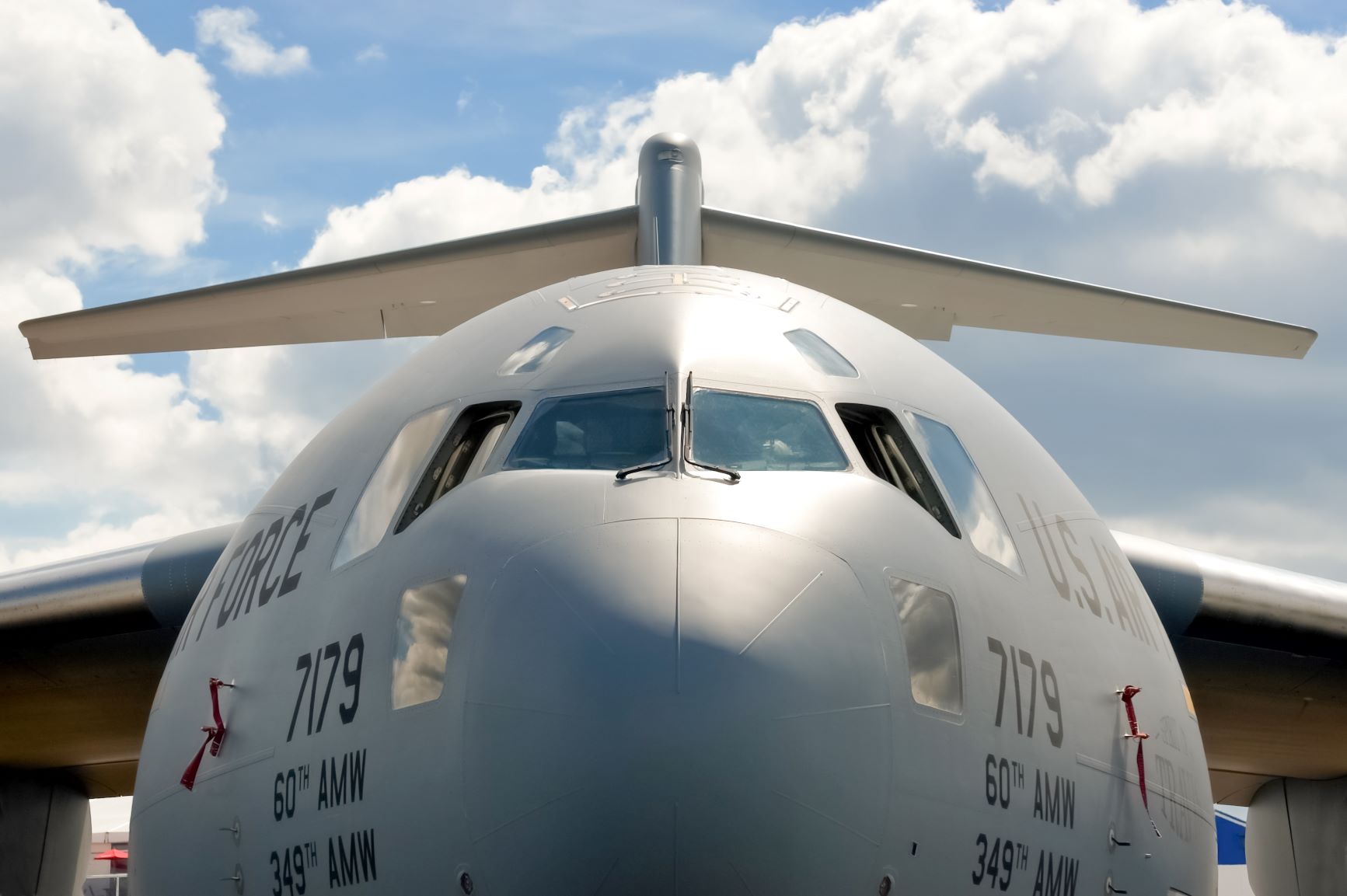 Air Force wide training requirements (computer based training, classes, etc.), MWS specific ground training, such as flight equipment operation (parachutes, chemical gear, etc.), and aircraft currency requirements (takeoffs, landings, low levels, etc.). It’s your job to keep up with all of these.
Air Force wide training requirements (computer based training, classes, etc.), MWS specific ground training, such as flight equipment operation (parachutes, chemical gear, etc.), and aircraft currency requirements (takeoffs, landings, low levels, etc.). It’s your job to keep up with all of these.
The guard and reserve motto you often hear is “one weekend a month, two weeks a year.” With all of the requirements mentioned above it’s more time than that for pilots. In the C-17, basic currency is an average of 4-5 days a month. From there you can pick up missions, training sorties, off-station training, squadron work, or whatever else is available. Your month could vary between a few days at the squadron to stay current to multiple weeks if you want to fly missions or additional trainers.
Orders / Long Tour
If available, some pilots will also pickup long tour orders (31 days or greater), for guaranteed active duty income. Picking up orders is more or less the equivalent of being active duty during the term of the orders. You can go on orders for a number of reasons, such as missions, deployments, training, schools, and supporting the active duty missions. When orders are available varies based on a lot of factors, but they’re generally a good deal when you can get them, especially if you don’t have a major airline job.
Bum
Depending on the opportunities available, it’s common for pilots to bum at the squadron. Basically, parse together a full time schedule by picking up missions, training, orders, etc. I did this for a handful of years and managed to stay busy. The amount of flying ebbs and flows though, so you have to take it as it comes. There are periods without enough missions to keep you busy so a civilian job becomes more important.
Civilian Job
How does the Reserve work with your civilian job? Your civilian job is protected by USERRA (Uniformed Services Employment and Reemployment Rights). USERRA requires employers to put individuals back to work in their civilian jobs after military service, and the cumulative length of time that an individual may be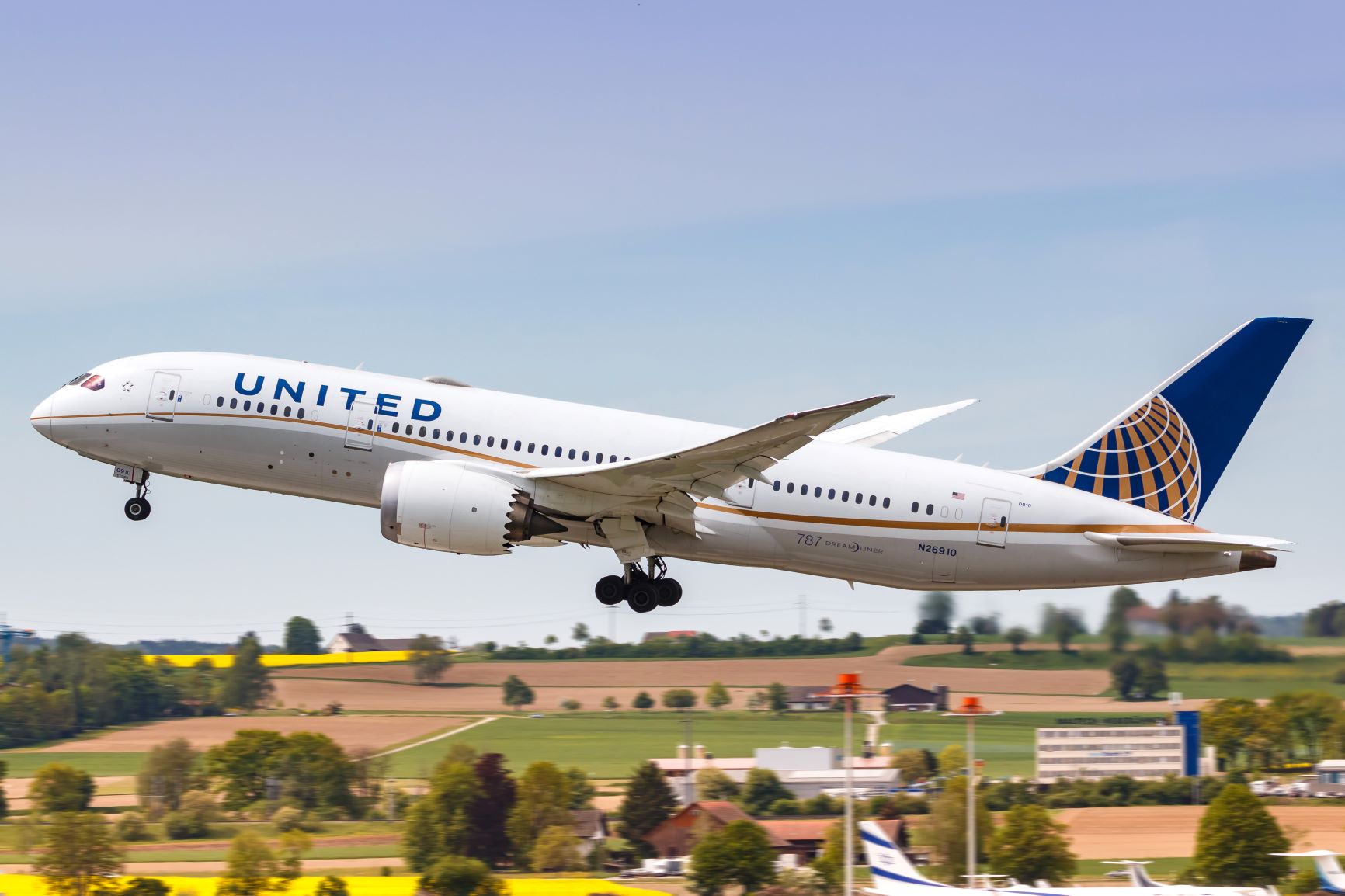 absent from work for military duty and retain reemployment rights to five years.
absent from work for military duty and retain reemployment rights to five years.
Airlines understand how it works and in my experience have been very supportive. Most airlines go out of their way to interview and hire current military reservists. They know the training you’ve been through and the discipline required to be an Officer and a pilot in the United States Air Force and will hire you fully understanding you’ll have to leave at times for military duty.
Let’s Sum it Up
Step one is to find a recruiter and start studying for the AFOQT. With the AFOQT out of the way, you can take the TBAS. After the TBAS you’ll complete your application/package and start interviewing with squadrons!
Getting an Air Force Reserve job is absolutely a process, but if it’s something you really want to be a part of, all of the time and work is 100% worth it!
Questions about the process? Shoot an email to info@fltpages.com and I’ll do my best to point you in the right direction!

Great work, very thorough! Go Guard!!